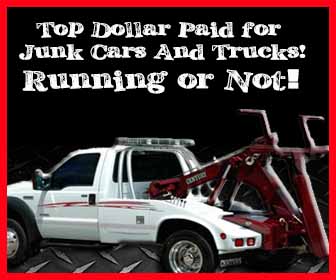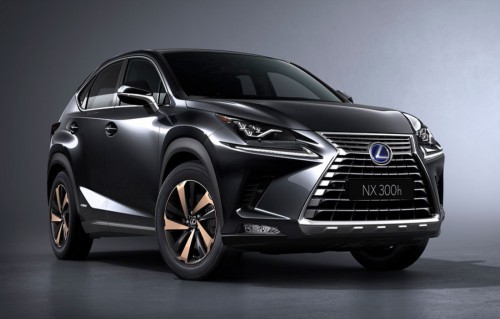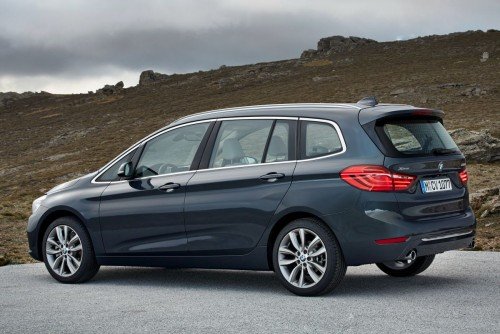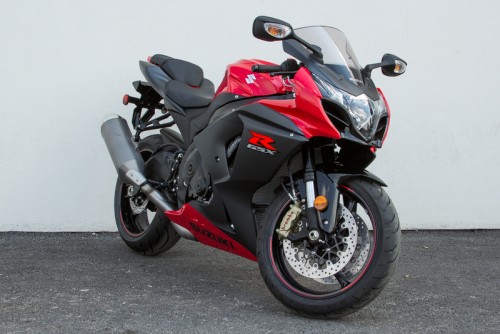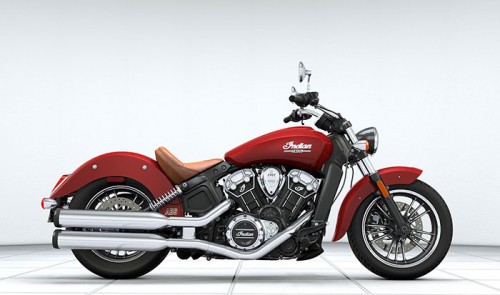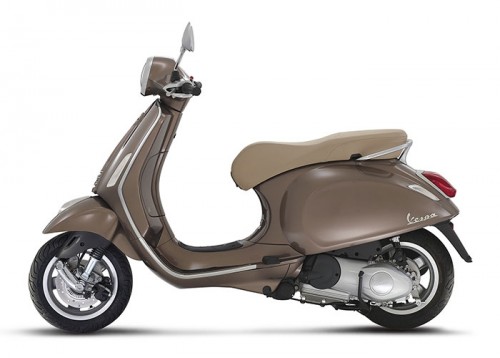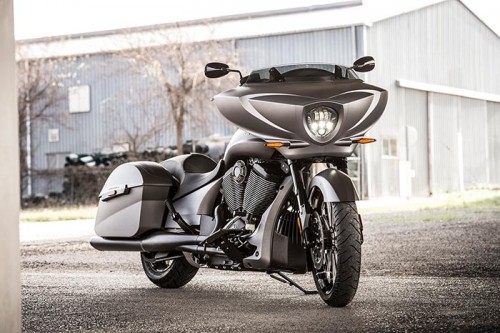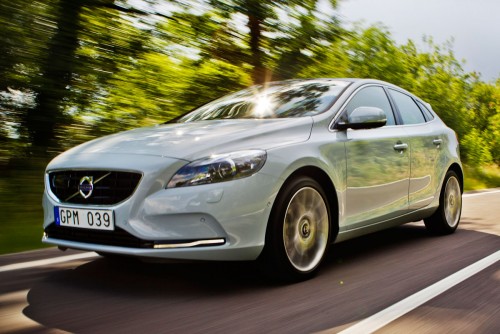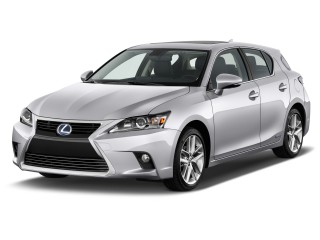About Seat
Facilities
SEAT today is the only major Spanish car manufacturer with the ability and the infrastructure to develop its own cars in-house.
Its headquarters and main manufacturing facilities are located in Martorell, an industrial town located some 30 kilometres northwest of Barcelona, with a production capacity of around 500,000 units per annum. The plant was opened by King Juan Carlos of Spain on February 22, 1993, and replaced SEAT's former assembly plant by the coast in Barcelona's freeport zone (Zona Franca). A rail connection between SEAT's Martorell and Zona Franca complexes facilitates vehicle and parts transportation between the two sites.
The industrial complex in Martorell also hosts the facilities of SEAT Sport, SEAT's Technical Center, Research and Development Center (R&D), Design Center,[18] Prototypes Centre of Development, SEAT Service Center (also incorporating the After-Sales Service division, the Customer Services division and the Catalunya Motor dealership), as well as the Genuine Parts Centre for SEAT, Volkswagen, Audi and Škoda brands
Presence in different markets
In its 60 years, there was only a short period from 1953 to 1965 when the firm produced its cars exclusively for the domestic Spanish market. In 1965 and in a rather symbolic move, the company exported some 150 units of its SEAT 600 model destined for Colombia by air freight for the first time, until two years later in 1967 SEAT reached a deal over the renegotiation of its licence contract with Fiat which allowed the Spanish firm to form an international distribution network for its cars and thereafter start its export operations massively to more than twelve different countries, entering the export market in 1969.
Today, the company launches its own models of cars in different markets in more than 70 countries worldwide in accordance with the development policies of the Volkswagen Group, with almost three-quarters of its annual production representing exports for the markets out of Spain. Its core market remains Europe, while the most successful market outside of Europe in terms of sales for SEAT is currently Mexico, where the company has dealer presence in 27 Mexican states.
In Europe the brand is launched in almost 40 countries across Northern, Western, Southern, Eastern Europe and Russia. SEAT today also sells its cars in 11 countries in Asia, mostly in the Middle East and the Arabian peninsula, in 16 countries in Americas including North America, the Caribbean Sea, Central America and South America, and finally Africa, mainly in North Africa. Some of its cars have been sold outside Europe, branded as Volkswagens, such as the SEAT Ibiza hatchback, known in South Africa as the Volkswagen Polo Playa, the SEAT Inca panel van as the Volkswagen Caddy, or the SEAT Crdoba, also known as the Volkswagen Polo Classic.
In the years to come SEAT plans expanding in even more markets, the most crucial of them all being China. While in the past SEAT held talks with the Chinese car maker FAW in order to form an alliance for the local production of SEAT models in China-located plants, the present project to enter the Chinese market comprises in 2012 first to start selling its range with cars produced in SEAT's Spain-located Martorell plant, followed later in a second phase by the local assembly of SEAT models in China.
History
Establishment of SEAT
Spain is the world's eighth largest producer of automobiles and its car market stands among the largest in Europe.However, this has not always been the case; in the first half of the 20th century, Spain's economy was relatively underdeveloped compared to other western European countries and had a limited automobile market. In this period there was only limited car production and only a few low volume local manufacturers catering mainly to the luxury end of the market, of which Hispano-Suiza was the most successful. Spain's limited market for mass-produced vehicles was taken over by foreign companies operating through subsidiaries that either imported cars or assembled cars from imported parts, depriving the country of the technological know-how and large investments needed for mass production. The situation greatly deteriorated with the Spanish Civil War of 1936 to 1939. Car demand collapsed, not only due to the greatly reduced purchasing power of Spaniards caused by war devastation but also because the multinational subsidiaries either ceased operations or were severely stricken by the war and its aftermath.
Partnership with Fiat
The construction works for SEAT's Zona Franca plant began on 1950 and the opening day came three years later on June 5, 1953, while in the meantime since 1951 the Spanish marque was starting preparations for setting up almost from scratch an entire supplier industry background. The first car in the marque's history to be produced was a SEAT 1400 model that came off the production line on November 13, 1953 with licence plate 'B-87.223'. In the following few months the plant's production output and workforce would significally increase together with the implementation of locally made components in the production process, in order to limit imports from one part and from another part to push to the development of the almost non-existent Spanish supplier industry and meet SEAT's assigned key role as the national car maker in restoring the Spanish economy of the post World War II Spain. By 1954 the use of Spanish-made parts had risen to 93% of the total and next year on May 5, 1955 the factory was officially opened. Nevertheless the impact to the Spanish society could not be seen clear immediately, since the first model launched by SEAT was considered a luxury car therefore it was highly priced and still not affordable to the average Spanish consumer. Consequently SEAT needed a second more economical model to compete against simpler inexpensive designs that appeared in the local market, like the Biscter, which seemed to suit better to the unwealthy customers looking for a personal mean of transport in a suffering economic environment.
Motorsport
SEAT's involvement in motorsport begins back in the 1970s with the brand's contribution to the national formula races in Spain and by the end of the same decade the start of its implication to rallies.[80] In 1971, the 'Special Vehicles department' was formed with the mission to enforce the brand's participation in rally championships, followed by 11 titles between 1979 and 1983.[80] The year 1985 was the moment when SEAT Sport was founded as a separate motorsport division and especially since the Volkswagen Group takeover in 1986, SEAT has been increasing even more its presence in the motorsport world, mainly down to VW's plan on focusing the SEAT brand as 'sporty' in order to appeal particularly to the younger generation of drivers.[81] The result of this effort has been rewarded through SEAT's most prestigious titles in FIA championships, three conquests with the SEAT Ibiza Kit-Car in the FIA 2L World Rally Championship (WRC) (1996, 1997, 1998) and two times with the SEAT Len in the FIA World Touring Car Championship (WTCC) (2008, 2009).
Sub-ranges
'Ecomotive' range
Almost every model in SEAT's range has an 'Ecomotive' derivative version, which in comparison to the standard version has a more eco-friendly tuning. Reduction of weight, low-resistance tyres, new aerodynamics, tweaks in the suspension, as well as changes made to the engine's electronic management software with an additional implementation of a maintenance-free Diesel Particle Filter (DPF) for the diesel engines, also updates in the gearbox and the gear ratios with a gearshift indicator in the dash panel reminding when it is the proper time to change gears, combined with an engine 'Start/Stop system' and an 'Energy Recuperation system' are some of the modifications adopted in the Ecomotive range in order to cut down both fuel consumption and emissions. The result is a range with some of the cleanest models featuring an improvement not only in gas and particles emissions but also in fuel economy, without big compromise in the vehicle's dynamic performance or practicality; for example the SEAT Ibiza Ecomotive 1.4 TDI has CO
2 emissions coming up at 98 g/km and still it comes even faster from 0 to 100 km/h than the standard version featuring a 5-door body and air-conditioning, while the SEAT Len Ecomotive's CO
2 emissions are among the lowest in its segment too and raise up to 99 g/km. Up to the present, the Ecomotive range has been renowned in many occasions. In 2008, the Ibiza Ecomotive has been declared on top of the Verkehrs-Club Deutschland’s 2008/2009 list in the “environmentally beneficial vehicle” category and in the 10th Eco Tour not only it has won in the small diesel class but also proved to be the overall winner of all categories.In that specific year the SEAT Ibiza Ecomotive was also awarded with the 'Ecobest 2008' award by the Autobest organisation and the German newspaper Bild am Sonntag named it the 'most economic car of its class in the world'.
Earlier and current models
- 1400 A / 1400 B / 1400 C (1953–1963)
- 600 N / 600 D / 600 E / 600 L (1957–1973)
- 1500 / 1500 Familiar (1963–1972)
- 800 (1963–1968)
- 850 (2/4-doors) (1966–1974)
- 850 Coup (1967–1972)
- 850 Spyder (1970–1972)
- 850 Sport Coup (1967)
- 124 / 124 Familiar (1968–1980)
- 1430 (1969–1975)
- 124 Sport (1970–1975)
- 127 (1972–1982)
- 132 (1973–1982)
- 133 (1974–1981)
- 131 / 131 Familiar (1975–1983)
- 1200 Sport (1975–1981)
- 128 (1976–1980)
- Ritmo (1979–1983)
- Panda (1980–1986)
- Ronda (1982–1986)
- Trans (1982–1986)
- Fura (3/5-doors) (1982–1986)
- Ibiza Mk1 (3/5-doors) (1984–1993)
- Mlaga (1985–1992)
- Terra / Terra box (1987–1996)
- Marbella / Marbella box (1986–1998)
- Toledo Mk1 (1991–1998)
- Ibiza Mk2 (3/5-doors) (1993–2002)
- Crdoba / Crdoba SX / Crdoba Vario Mk1 (1993–2002)
- Inca Kombi / Inca Van (1995–2003)
- Alhambra Mk1 (1996–2010)
- Arosa (1997–2004)
- Toledo Mk2 (1998–2004)
- Len Mk1 (1999–2005)
- Ibiza Mk3 (3/5-doors) (2002–2008)
- Crdoba Mk2 (2002–2009)
- Toledo Mk3 (2004–2009)
- Altea (2004–present)
- Len Mk2 (2005–2012)
- Ibiza Mk4 (SC/5-doors/ST) (2008–present)
- Exeo (2008–present)
- Alhambra Mk3 (2010–present)
- Mii (2011–present)
- Toledo Mk4 (2012–present)
- Len Mk3 (2013–present)




 Home
Home






